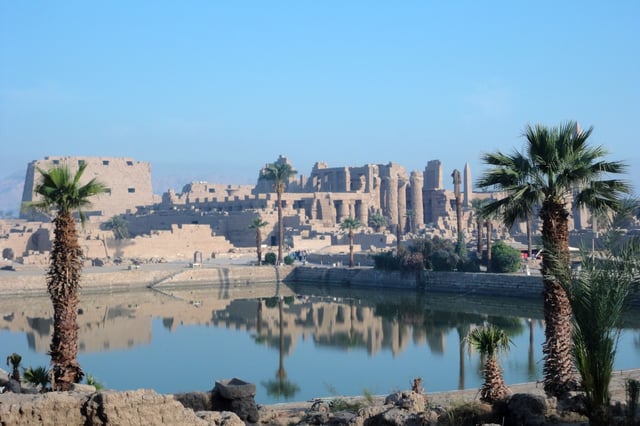Overview
- The Antiquity paper reports the most comprehensive geoarchaeological study of Karnak to date, led by researchers from Uppsala University and the University of Southampton.
- Analysis of 61 sediment cores shows the area was regularly flooded before about 2520 BCE, indicating permanent settlement began later during the Old Kingdom.
- Ceramic dating corroborates the timeline, with the earliest fragments from roughly 2305 to 1980 BC.
- Findings identify a previously underappreciated eastern channel that was well defined and perhaps larger than the better-known western course, explaining how an island of higher ground formed and later expanded.
- The team links the site choice to Amun‑Ra creation imagery of a primeval mound rising from waters and notes permitted follow-up landscape surveys planned across the Luxor floodplain.
